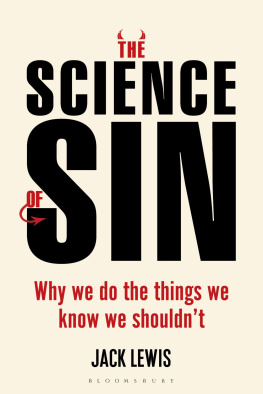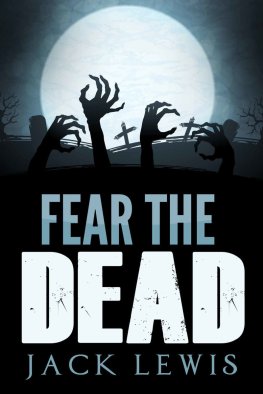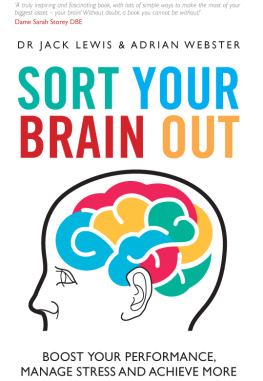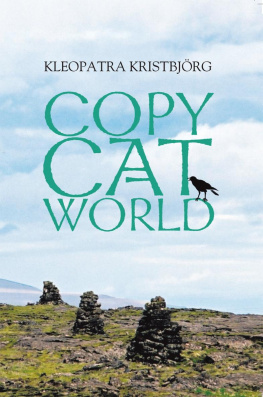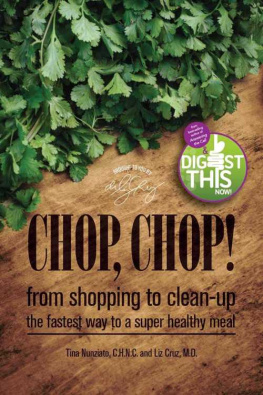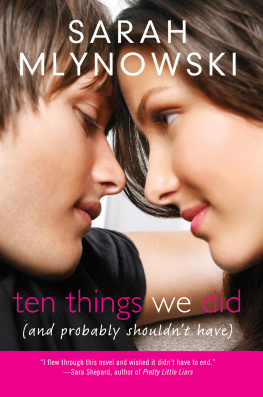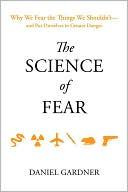
Also available in the Bloomsbury Sigma series:
Sex on Earth by Jules Howard
p53: The Gene that Cracked the Cancer Code by Sue Armstrong
Atoms Under the Floorboards by Chris Woodford
Spirals in Time by Helen Scales
Chilled by Tom Jackson
A is for Arsenic by Kathryn Harkup
Breaking the Chains of Gravity by Amy Shira Teitel
Suspicious Minds by Rob Brotherton
Herding Hemingways Cats by Kat Arney
Electronic Dreams by Tom Lean
Sorting the Beef from the Bull by Richard Evershed and Nicola Temple
Death on Earth by Jules Howard
The Tyrannosaur Chronicles by David Hone
Soccermatics by David Sumpter
Big Data by Timandra Harkness
Goldilocks and the Water Bears by Louisa Preston
Science and the City by Laurie Winkless
Bring Back the King by Helen Pilcher
Furry Logic by Matin Durrani and Liz Kalaugher
Built on Bones by Brenna Hassett
My European Family by Karin Bojs
4th Rock from the Sun by Nicky Jenner
Patient H69 by Vanessa Potter
Catching Breath by Kathryn Lougheed
PIG/PORK by Pa Spry-Marqus
The Planet Factory by Elizabeth Tasker
Wonders Beyond Numbers by Johnny Ball
Immune by Catherine Carver
I, Mammal by Liam Drew
Reinventing the Wheel by Bronwen and Francis Percival
Making the Monster by Kathryn Harkup
Best Before by Nicola Temple
Catching Stardust by Natalie Starkey
Seeds of Science by Mark Lynas
Outnumbered by David Sumpter
Eye of the Shoal by Helen Scales
Nodding Off by Alice Gregory

Contents
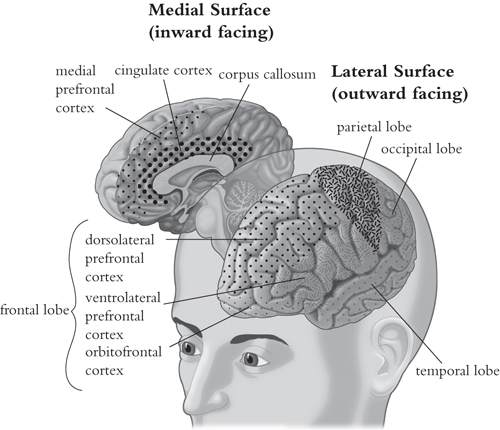
An illustration of the medial (inward facing) and lateral (outward facing) surfaces of the human brain, in case the reader wishes to refer back to this page to clarify which surface of the brain later illustrations refer to.
This book is dedicated to Alice Girle.
The first and biggest thanks must go to my parents, Phil and Virginia Lewis, for instilling in me an intrinsic sense of self-worth that nurtured my self-esteem without it spilling over into narcissism. Thanks a million for the unconditional love and support youve always provided, no matter how challenging I might have been along the way. The knowledge that, in your eyes at least, I am worthy of love has always helped shepherd me through my most formidable trials and tribulations to date (up to and including the writing of this book).
Im also greatly indebted to Dave Amor and Melanie Craig who kindly gave me invaluable feedback on early proofs. A huge thank you, of course, to my agents Jo Wander and Sara Cameron for convincing me to convert this idea from a treatment for a television series into a book proposal, and to Jim Martin at Bloomsbury Sigma for commissioning it. Editor Anna MacDiarmid and copyeditor Catherine Best suggested numerous brilliant improvements throughout the manuscript so many thanks must go to them for sharing their expertise to help tame this beast.
Id like to thank Ollie Tait at Lambent Productions for keeping me so busy with filming for the Secrets of the Brain 2 that this book took two years to complete, rather than just one. I must thank my best friend George Wolstencroft (the guy I swapped punches with in our very own TAP test!) for providing me with an oasis of calm up in the highlands, where I could rest, recuperate and perform many days of hard labour (!), before the final push in getting this manuscript fit for the publishers eyes.
Next up are all those who have offered me a very modern form of friendship. The employees of three coffee shops, two libraries and one hotel lobby scattered along the length of the Thames from Blackfriars Bridge to Tower Bridge and right the way up to my old PhD stomping ground in Bloomsbury. In particular my daily interactions with Rosie, Ellie and the fellas at Coffee Works; Maeve, Allie, Keeren, TJ and Lily at Citizen M on Bankside; the lovely staff whose names I never learned at Fuckoffee (surely the most photographed coffee shop in London?!), Wellcome Collection library and caf, the British Film Institute library and the Bermondsey Square Hotel; they all made me feel a small but wholly accepted part of their respective InGroups. These interactions were invaluable to me because, having joined the growing ranks of digital nomads professionals who work wherever they can find good wifi and a never-ending supply of coffee could easily have felt socially isolated otherwise.
I owe a huge debt of gratitude to Adrian Webster, with whom I wrote my first book, Sort Your Brain Out . Every time I sent him a chapter hed delete two-thirds of it and completely re-write whatever was left. It always returned to me utterly transformed. It was painful to see my work chopped, diced and re-blended; I didnt always respond well to the wielding of his cleaver. But he patiently put up with my tantrums and quietly wove spells over my first drafts, and the result of his magic touch was a best-seller. People often comment on how effortless it was to read, how quickly they managed to zip through it. I tried my very best to work a similar kind of magic with this, my first solo book effort. I hope Ive had some measure of success.
Finally to all the hundreds of scientists, psychologists, psychiatrists, philosophers and religious thinkers whose experiments, ideas and discoveries this tome is based on I am much obliged. The sheer volume of work that hits the academic journals every single year never ceases to amaze me. Without the brilliant minds who construct hypotheses about how brains work, develop ingenious studies to test them, painstakingly gather and analyse oceans of data, then endure the trials, tribulations and uncertainties of the peer review process, this book would have been pure guesswork. Some may feel their work has been misrepresented. I can only offer my apologies and assurances that this was not my intention. Ive tried my very best to read up on as much of the relevant literature as possible, but I couldnt read it all. I tried to ensure my descriptions were accurate, but with so much material to wade through I may well have got the wrong end of the stick from time to time. I see this as the synthesis of many peoples endeavours, but the mistakes are all mine.
If you have any suggestions on how to improve the scientific rigour please do get in touch at www.sciofsin.com. This book is just the beginning of what I hope to be a very long conversation, so please do let me know what you think.
All that remains to be acknowledged is you, the reader thanks for your time.
In the centuries before the Enlightenment brought us the scientific method and evidence-based answers to humanitys questions, the opinion leaders were invariably men of either a religious or philosophical persuasion. They shared a fondness for careful observation of human behaviour and did the best job they could, given limited available resources, of finding answers to difficult questions about how we should live our lives, the nature of the universe, the purpose of life, where we go after we die and so on. They pondered long and hard over the problem of what constitutes a good versus a bad life and, all things considered, did a pretty good job of identifying the aspects of human nature that cause social problems and those that promote a good quality of life.

